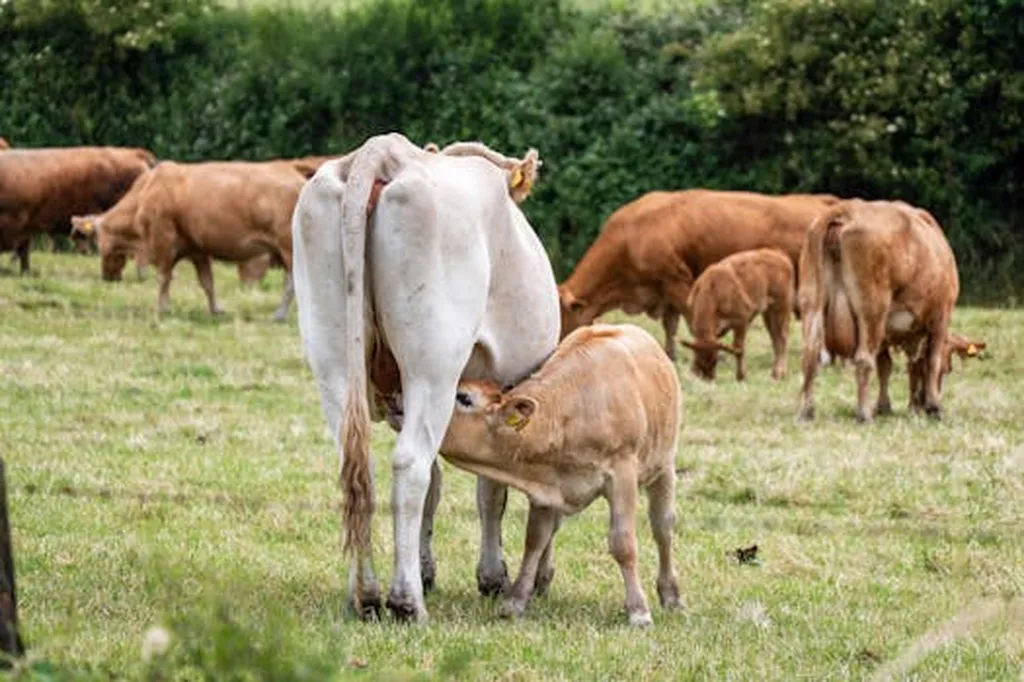In the world of dairy farming, the age-old question of how much milk to feed calves has been a topic of much debate. A recent study published in *Veterinary Sciences* sheds new light on this issue, revealing that the amount of milk fed to calves can significantly impact their stress levels and autonomic regulation. The research, led by Luise Prokop from the University of Kiel, Germany, suggests that restrictive milk feeding may alter the balance of the autonomic nervous system in calves, potentially increasing their physiological stress responses.
The study compared two groups of dairy calves: one fed a restrictive milk allowance twice per day (6 L/d), and the other given unlimited access to milk (ad libitum) during the first three weeks of life. The researchers measured heart rate (HR) and heart rate variability (HRV) during feeding and rehousing, using these metrics as indicators of autonomic activity.
Prokop and her team found that during resting periods, as well as before feeding and rehousing, heart rates were higher in the ad libitum (ADL) calves compared to the restrictive (RES) calves. However, during feeding and rehousing, both groups reached comparable peak heart rates. “This suggests that while the ADL calves may have a higher baseline heart rate, they are not necessarily more stressed during these activities,” Prokop explains.
The study also revealed that HRV variables indicated a shift towards sympathetic dominance during feeding time, particularly in the RES calves. This means that the calves’ bodies were responding to feeding as a stressor, activating the sympathetic nervous system, which is responsible for the “fight or flight” response. In contrast, the ADL calves did not show this response, suggesting that they were less stressed by the feeding process.
The implications of this research for the agriculture sector are significant. As Prokop notes, “Our findings indicate that restrictive milk feeding alters autonomic regulation and may increase physiological stress responses in calves.” This could have important implications for the welfare of dairy calves and the productivity of dairy farms.
For instance, calves that are less stressed may be more likely to grow and thrive, leading to better outcomes for both the animals and the farmers. Additionally, understanding the impact of feeding strategies on stress levels can help farmers make more informed decisions about how to care for their animals, potentially leading to improved animal welfare and reduced healthcare costs.
Looking ahead, this research could shape future developments in the field of dairy farming. For example, it may lead to the development of new feeding strategies that minimize stress in calves, or the creation of tools that allow farmers to monitor the stress levels of their animals more easily. As Prokop concludes, “This study provides a foundation for further research into the effects of feeding strategies on the welfare of dairy calves, and we hope that it will contribute to the development of more humane and productive dairy farming practices.”
In the meantime, farmers and industry stakeholders can use these findings to reevaluate their current practices and consider the potential benefits of ad libitum feeding for their calves. As the dairy industry continues to evolve, it is clear that the welfare of the animals will be a key factor in its success, and research like this is a crucial step in that direction.

